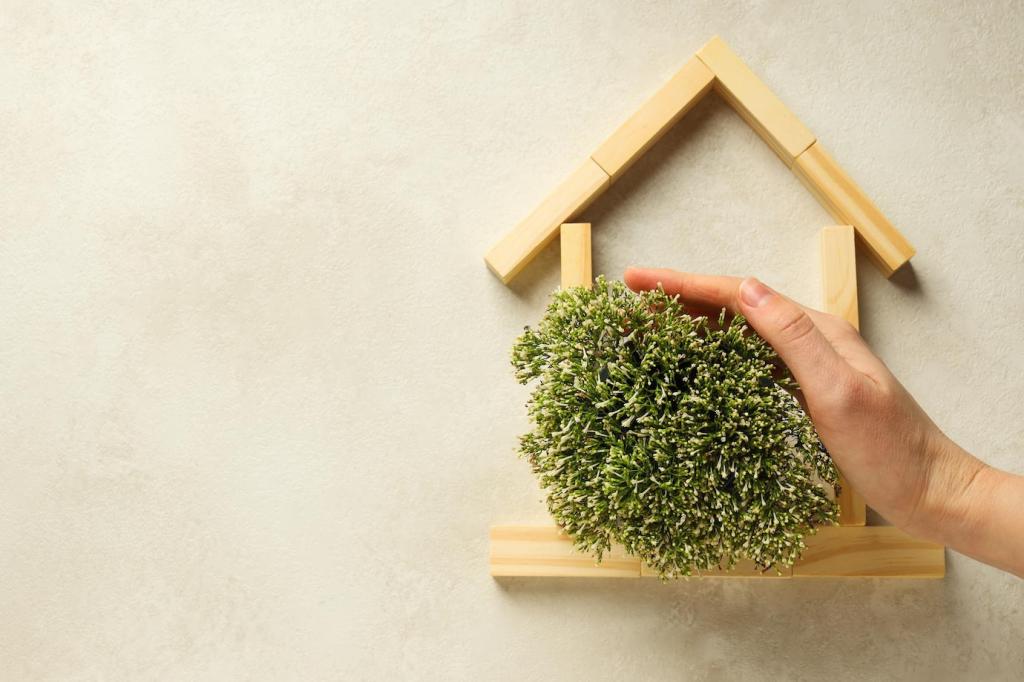Today’s theme: “Greener Alternatives for Furniture Preservation.” Explore low-impact methods, materials, and stories that help your furniture last longer, look better, and tread lighter on the planet—join the conversation and share your goals.
Why Greener Alternatives for Furniture Preservation Matter

A greener finish relies on renewable ingredients, minimized VOCs, and a transparent supply chain. Look for plant-based oils, waxes, and waterborne formulas, plus clear labeling and repair-friendly systems that extend product life and reduce waste.
Plant-Based Oils and Waxes That Protect and Shine
Pure tung oil cures into a resilient, water-resistant film; polymerized linseed oil (without heavy-metal driers) penetrates deeply with a mellow amber tone. Multiple thin coats, patient curing, and gentle buffing reward you with depth, protection, and character.
Plant-Based Oils and Waxes That Protect and Shine
Beeswax adds warmth, carnauba adds hardness. A soft cloth, circular motion, and light heat from elbow grease create a satiny sheen. Reapply seasonally to refresh protection, and tell us how your favorite wax blend holds up over time.
Waterborne Finishes for Everyday Durability
Why Waterborne Wins Indoors
Waterborne coatings reduce solvent content, typically lowering odors and VOCs while delivering dependable abrasion resistance. Clear, non-yellowing options preserve lighter woods beautifully. Check technical sheets for VOC values and recommended build for the wear your piece will face.
Application Tips for a Smooth Film
Apply thin, even coats with a quality synthetic brush or sprayer, allowing proper drying between passes. Lightly sand to level dust nibs. Patience pays off with a silky finish that protects without muting the wood’s natural detail.
A Café Table That Proved the Point
We sealed a small café table with a low-VOC waterborne finish. Coffee, tea rings, and a splash of grape juice wiped away easily. The clear coat kept the maple bright, and cleanup became a thirty-second ritual.
Green Cleaning That Respects Wood
Start with dusting and a barely damp microfiber cloth mixed with mild castile soap. Avoid soaking wood—wipe dry promptly. This gentle approach removes grime without raising grain, laying a clean foundation for low-tox restoration work.
Safer Stripping and Old-Finish Removal
Favor scrapers, card scrapers, and careful heat from an infrared unit instead of harsh chemicals. When needed, citrus-based gels can help with stubborn layers. Work slowly, ventilate well, and protect finishes you intend to keep around adjoining surfaces.
Dust Control and Smart Sanding
Use a HEPA vacuum attached to your sander, and sand with the grain. Recycled-content abrasives and reusable tack cloths reduce waste. Clean air makes clearer decisions; you’ll see grain patterns and defects before committing to a final finish.



Long-Term Care, Indoor Air, and Safe Disposal
Regular dusting, seasonal waxing, and quick spill cleanup prevent heavy refinishing. Small, consistent care extends coatings and conserves materials. Note reminders on your calendar, and tell us which routines keep your surfaces looking calm and loved.

